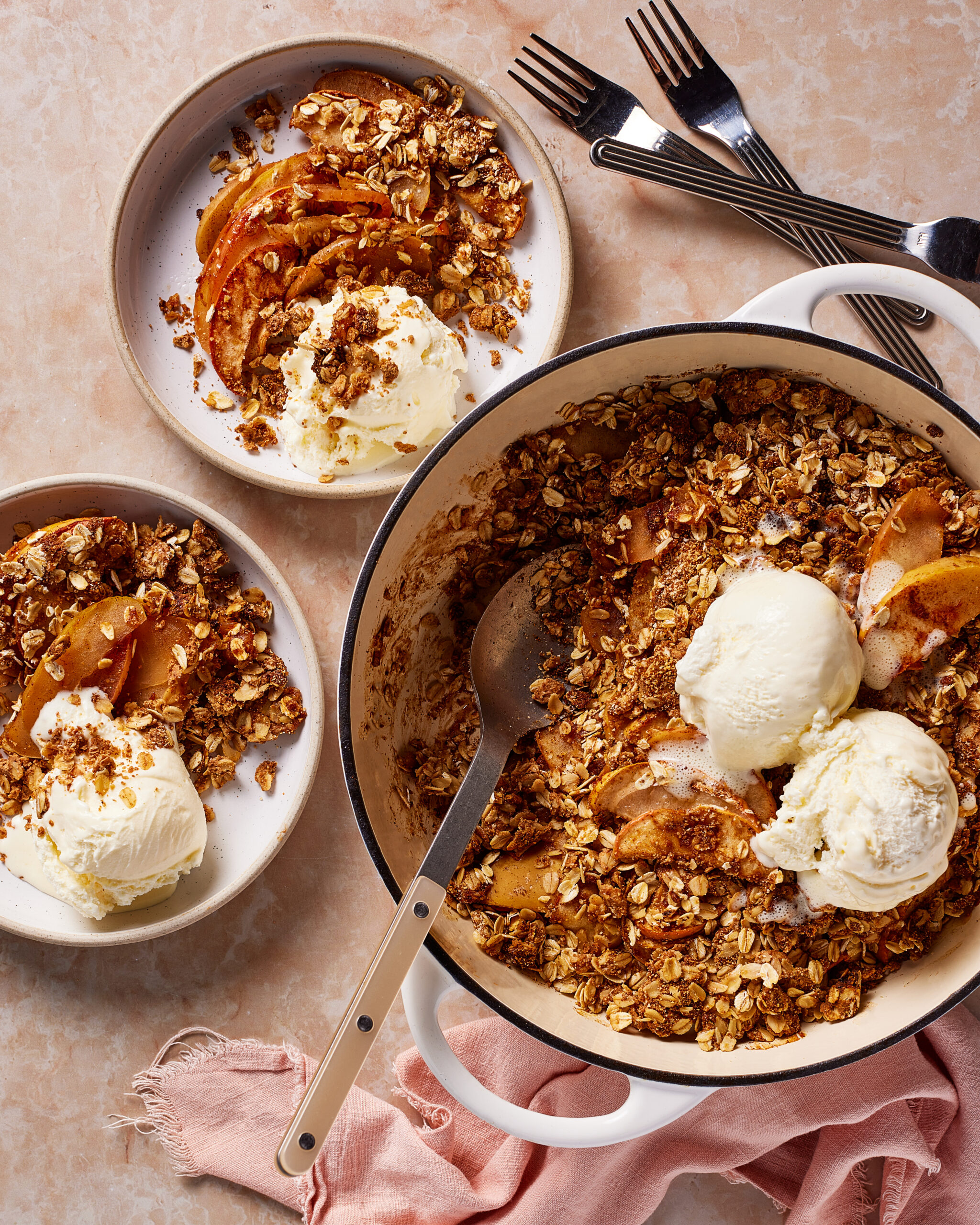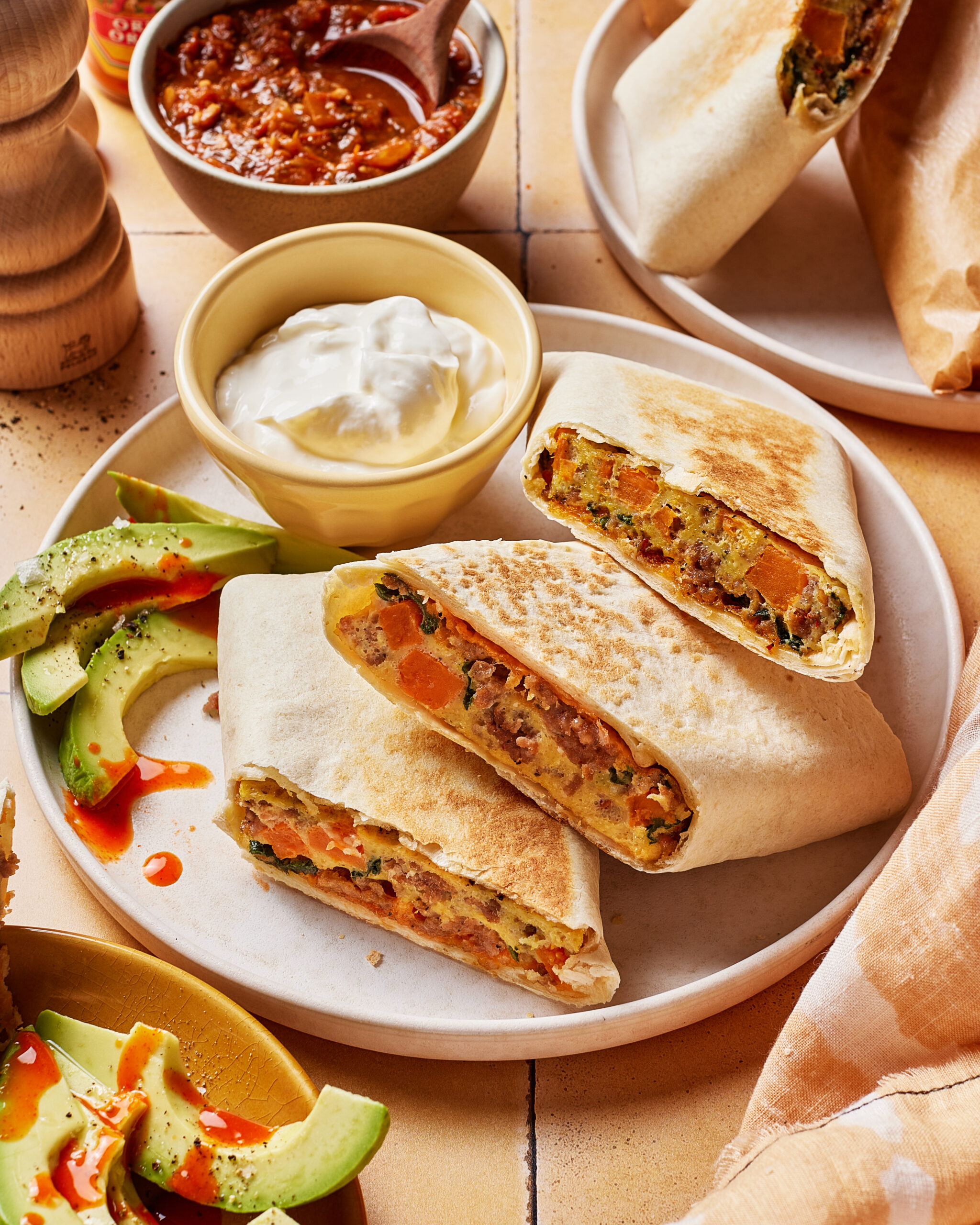recipes
lifestyle
wellness
motherhood
mindset
About
E-Books
Blog
Freebies
partnerships
hi, i'm lauren!
hey there!
I’m on a hot mission to help you balance your hormones & live your best life.
categories
Home
Quiz
Get In Touch
The Course
search:
Cookbook
Recipe key
GF
VG
P
Vegan
Gluten Free
Paleo
DF
Dairy-Free
download now
Join Hormone Healthy Eats!
Become a SFNSG insider to get my monthly Substack, Hormone Healthy Eats! Packed with the latest hormone-healthy recipes
+ tips.
jump to recipe >
30 grams of protein breakfasts, meals, snacks and even desserts are currently trending in the wellness world, and as a nutrition + hormone health practitioner, this is one trend I’m fully in support of (and hope it sticks around).
I can vouch both personally and professionally that adding more high quality sources of protein to every meal and snack consumed will have a positive benefit on your blood sugar and hormones, thereby affecting your energy, mood, libido, menstrual cycle, fertility, skin, weight and overall appearance as a result.
It’s also actually easier than you think, and this blog post is going to cover all of the simple and delicious ways you can sneak more protein into your meals as a way to support your blood sugar and balance your hormones.
Snag the 30 grams of protein cheat sheet above and tips below.
WANT TO LEARN MORE ABOUT HOW TO EAT IN WAY THAT SUPPORTS YOUR METABOLISM AND HORMONE HEALTH? CHECK OUT MY ONLINE COURSE, OPENING FOR RE-ENROLLMENT SOON!
WHY PROTEIN IS IMPORTANT FOR HORMONE BALANCE
Protein is one of three essential macronutrients, alongside carbohydrates and fat, and is an essential structural component of ALL hormones, which means you have to consume sufficient protein to make enough hormones to function properly.
It’s also used to make muscles, tendons, organs, skin, enzymes, neurotransmitters and various molecules that do everything from boost metabolic health, fertility and protection during pregnancy to proper immune and cognitive function as well as regulating your menstrual cycle and blood sugar.
Bottomline, it’s a very well-researched non-negotiable when it comes to optimal hormone balance and health.
HORMONE HEALTH BENEFITS OF CONSUMING 30 GRAMS OF PROTEIN AT MEALS
Here are some of the specific hormone health benefits you can expect when prioritizing high quality protein sources (20-30 grams of protein) at each meal:
+ REGULATES GLUCOSE (I.E.BLOOD SUGAR)
+ IMPROVES SATIETY
+ DECREASES APPETITE + HUNGER LEVELS
+ INCREASES MUSCLE MASS + STRENGTH
+ IMPROVES METABOLIC HEALTH + FAT BURNING
+ HELPS REPAIR TISSUES + ORGANS
+ REDUCES MOOD SWINGS
+ PROMOTES OPTIMAL OVULATORY CYCLES
+ BOOSTS ENERGY
+ REDUCES NAUSEA + FIRST-TRIMESTER PREGNANCY SYMPTOMS
WILL EATING 30 GRAMS OF PROTEIN AT MEALS HELP YOU LOSE WEIGHT?
As we covered earlier, eating enough protein at meals (roughly 20 – 30 grams) supports optimal hormone function, thereby aiding in weight loss and helping you maintain an effortless, healthy weight.
There are numerous studies that support this, primarily because protein is the most satiating macronutrient, meaning it reduces your levels of hunger-inducing hormone ghrelin and increases leptin, your satiety hormone. This helps to reduce cravings and lowers your overall intake of food throughout the rest of the day.
It also helps you increase muscle mass and boosts your metabolic rate, which increases the number of calories you burn and improves insulin sensitivity, helping you use food for fuel instead of storing it as fat.
ANIMAL PROTEIN VS. PLANT PROTEIN, WHICH IS BETTER?
Something that comes up quite a bit in my practice is the difference of animal protein vs. plant protein. While I adore plants (and make sure I’m eating them with every meal), I personally prioritize and encourage clients to consume high quality animal protein, such as grass-fed red meat and poultry, wild-caught seafood, organ meats, eggs and gelatin found in bone broth, as they are complete proteins that contain all nine essential amino acids necessary to carry out a variety of functions from protein synthesis to tissue repair and nutrient absorption.
Additionally, some amino acids abundant in animal proteins such as taurine, cysteine, glycine and choline are specifically needed to carry out phase two of liver detoxification. Deficiency in these amino acids can increase your liver workload and toxic burden, which can result in hormonal imbalances such as estrogen dominance. While you can find small amounts of these amino acids in plant-based sources, they are much more abundant and bioavailable in animal proteins, meaning they’re more easily used and assimilated by the body.
Lastly, animal sources are typically much more dense in protein than plant, meaning you can eat a smaller amount and achieve a greater overall protein intake. For example, to consume 30 grams of protein you’d only need to eat 4 oz (or about 1/2 cup) of a chicken breast vs. 2 cups of black beans (which how many of us are really eating 2 cups of black beans at one sitting?)
Bottomline, while I respect every person’s bio-individuality, cultural backgrounds, religious beliefs and personal preferences, if you’re struggling with symptoms related to hormonal imbalances, blood sugar issues or an overburdened liver and do not consume animal protein, this could be an area to further pay attention to.
HOW MUCH PROTEIN DO I NEED TO CONSUME FOR BALANCED HORMONES?
While every person’s needs will vary slightly based on activity levels, weight, age, sex and hormone health status, most studies confirm that the average person requires .7-1 gram of protein per pound per day, which can average anywhere from 60-100g of protein per day for women in their reproductive years. If you eat three meals per day, this averages out to about 20-30 grams of protein per meal.
*It’s also important to note “grams of protein” refers to the number of grams of the macronutrient protein, not the weight of the protein source itself. For example, an average chicken breast weighs 174 grams (or about 6 oz) and has about 40-50 grams of protein per serving. Thus you’d be consuming 40-50 grams of protein when eating a chicken breast.
30 GRAMS OF PROTEIN CHEAT SHEET
These are some of the most bioavailable, protein-rich foods that you can include in your meals to get in your 30 grams of protein at meals.
*Please note that while there are plenty of other foods that contain protein, the ratio is not optimal or realistic. For example broccoli contains 2.5 grams of protein per cooked cup, which means you would need to eat around 10 cups of it in order to get 25 grams of protein, the same as if you were to eat a small, palm-sized portion of cooked chicken breast. Which let’s be real, NOBODY is eating that much broccoli, and if you did, you’d most likely experience some serious digestive distress as a result.
-
+ LIVER/ORGAN MEAT
- 3 oz., a little smaller than the size of the palm of your hand
-
+ ORGANIC CHICKEN BREAST
- 4 oz, roughly the size of the palm of your hand
-
+ ORGANIC GROUND TURKEY
- 4 oz., roughly the size of the palm of your hand
-
+ PASTURE-RAISED PORK CHOP
- 4 oz., roughly the size of the palm of your hand
-
+ GRASS-FED BEEF
- 5 oz., roughly the size of a deck of cards
-
+ GROUND BISON/VENISON
- 5 oz., roughly the size of a deck of cards
-
+ WILD CAUGHT SALMON
- 5 oz, roughly the size of a deck of cards
-
+ WILD CAUGHT SHRIMP
- 10 large shrimp
-
+ WILD CAUGHT TUNA
- 1 5 oz. can
-
+ ATLANTIC COD/WHITE FISH
- 6 oz., roughly the size of one and 1/2 of the other palm
-
+ FULL FAT COTTAGE CHEESE
- 1 cup
-
+ ORGANIC TEMPEH
- 1 cup
-
+ FULL FAT GREEK OR SKYR YOGURT
- 1 1/2 cups
-
+ SPROUTED LENTILS
- 1 1/2 cups cooked
-
+ BLACK BEANS
- 2 cups
-
+ PROTEIN POWDER
- Depends on serving size, typically 1 1/2 servings for whey protein isolate
-
+ PASTURE-RAISED EGGS
- 5 whole eggs
-
+ BONE BROTH
- 3 cups
HOW TO GET 30 GRAMS OF PROTEIN AT EACH MEAL
There are a number of ways to consume 30 grams at meals (including all of the recipes below) but this will obviously largely depend on your unique preferences, schedule, lifestyle, etc. That being said, here are some tips to help you incorporate more protein throughout the day for optimized hormone balance.
+ Build Each Meal Around A High Quality Protein Source
My #1 tip to increase your protein consumption is to build each meal or snack around a high quality protein source. I use the cheat sheet above to pick out one protein-rich food, whether it be chicken, salmon or cottage cheese, etc. and then add on a healthy fat and some fiber-rich plants.
This could look like a baked salmon sushi bowl with cucumbers, rice and avocado, or a cup of full-fat greek yogurt with papaya, berries, nuts and seeds. By selecting one of the protein-rich options from the cheat sheet, you’re bound to get a good amount of protein with every meal.
+ Start Your Morning With A Protein-Rich Breakfast
If focusing on getting 30 grams of protein at every meal seems daunting, start with breakfast! This will be the most effective meal to prioritize protein, as it sets the tone for how your blood sugar (and thereby hormones) respond the rest of the day, leading to more energy, a reduction in cravings, and a boost in metabolic health. For all of the protein-rich breakfast recipes and tips, check out this post.
+ Sneak Protein Into Smoothies, Beverages + Desserts
If you know me then you KNOW this is one of my favorite hacks, especially when it comes to sweet treats (which I crave without fail every.single.night.) Nowadays I add high quality protein powder or collagen peptides to just about any smoothie, beverage or dessert as a way to sneak in extra protein, as one scoop often contains 15-20 grams or protein per serving. You can check out my recipes below for ideas to get you started.
+ Use Bone Broth As A Cooking Liquid
Speaking of sneaking in protein, swapping in bone broth for almost any cooking liquid in a recipe is another one of my go-tos, as it not only adds so much flavor and a hefty dose of gut-healing amino acids but 10 extra grams of protein per cup. Try using it to cook grains, in soups, stews, sauces and slow cooker recipes, or even in hot chocolate (I swear it tastes so good!)
+ Opt For Easy, Pre-Cooked Protein Sources
While it might seem intimidating to cook something like a steak if you’ve never done it before, try reaching for super easy and convenient pre-cooked protein-rich options, such as organic rotisserie chicken, smoked salmon, canned tuna, pre-cooked sausage or full fat greek yogurt or cottage cheese. Ground meat (beef, poultry, etc.) is also quick to cook and pretty tough to mess up, as well as extremely versatile.
+ Swap Legumes For Grains
As you can see from the cheat sheet above, legumes (lentils, black beans, chickpeas, etc.) can pack quite a protein punch. I love opting for lentil or chickpea pasta, which contains roughly 13g of protein in 1 cup, or using it as a flour substitute in recipes like my blender pancakes. You can also add legumes to soups, bowls, sheet pan recipes or even use them in baked goods like muffins or brownies to get in extra protein and fiber.
+ Make One Of My 30g Protein Recipes
If you want a guaranteed recipe with 30 grams of protein to get you started, then simply try one of the high protein recipes below.
30 GRAMS OF PROTEIN RECIPES
30 Grams of Protein Breakfast Recipes
+ See this list for a full recipe roundup
30 Grams of Protein Lunch + Dinner Recipes
+ Spinach Strawberry Chicken Salad + Goat Cheese & Poppyseed Dressing
+ Tropical Teriyaki Ground Beef Bowls
+ High Protein Tuna Salad (Greek Inspired!)
+ Street Corn Chicken + Rice Bowl
+ Copycat P.F. Chang’s Chicken Lettuce Wraps
+ Beef + Broccoli Rice Bowls with Miso Ginger Dressing
+ Lemony Shrimp + White Bean Skillet
+ Whipped Cottage Cheese (savory + sweet options)
+ Smoky Grilled Pork Chops + Peach Salsa
+ Blackened Shrimp Tacos + Pineapple Salsa
+ Super Saucy Shredded Chicken Tacos
+ Honey Glazed Garlic Shrimp Bowls
+ Grilled Chicken + Veggies with Chimichurri Sauce
+ Greek Chicken Quinoa Salad Bowls
+ Chicken Pesto + Goat Cheese Sweet Potato Pizza
+ Avocado Green Curry with Chicken + Vegetables
+ Slow Cooker Chicken Taco Soup
+ Instant Pot BBQ Chicken Stuffed Sweet Potatoes
+ Farm Salad with Chicken + Honey Lemon Dressing
+ Sheet Pan Chicken Nuggets + Sweet Potato Fries
+ Immunity Boosting Chicken Chickpea Noodle Soup
+ Healthy Loaded Sweet Potato Nachos
+ Fajita Stuffed Sweet Potatoes + Avocado Crema
+ Eggplant Curry + Cardamom Spiced Quinoa
+ Smoky Sweet Potato + Turkey Chili
+ Grilled Lamb Burgers + Harissa Aioli
+ Grilled Miso Salmon + Avocado Salad
+ Spicy Lamb Meatballs with Coconut Curry
Protein-Rich Beverage Recipes
+ Healthy Copycat Wendy’s Frosty
+ Gut-Healthy Turkey Bone Broth
+ Gut-Friendly Oreo Cookie Blizzard
+ Dark Chocolate Avocado Smoothie
+ Better Than Botox Green Smoothie
+ Chocolate Chip Cookie Dough Blizzard
Protein-Rich Dessert Recipes
+ Viral High Protein Cottage Cheese Cookie Dough
+ Protein Peanut Butter Cup Pudding
+ Pumpkin Protein Cookie Dough Bars
+ Healthy Snickers Protein Bars
+ Healthy Peanut Butter Protein Bars
+ High Protein Pumpkin Chocolate Chip Cottage Cheese Muffins
MORE HEALTHY RECIPE + RESOURCES FOR HORMONE BALANCE
+ A GUIDE (+ CHART) TO EATING FOR YOUR MENSTRUAL CYCLE
+ THE BEST HORMONE BALANCING FOODS, RECIPES + COOKING TIPS
+ 30 GRAMS OF PROTEIN BREAKFAST RECIPES FOR HORMONE BALANCE
This post contains affiliate links. We may receive a small commission for purchases made through these links. Thank you for your support!

If you loved that...
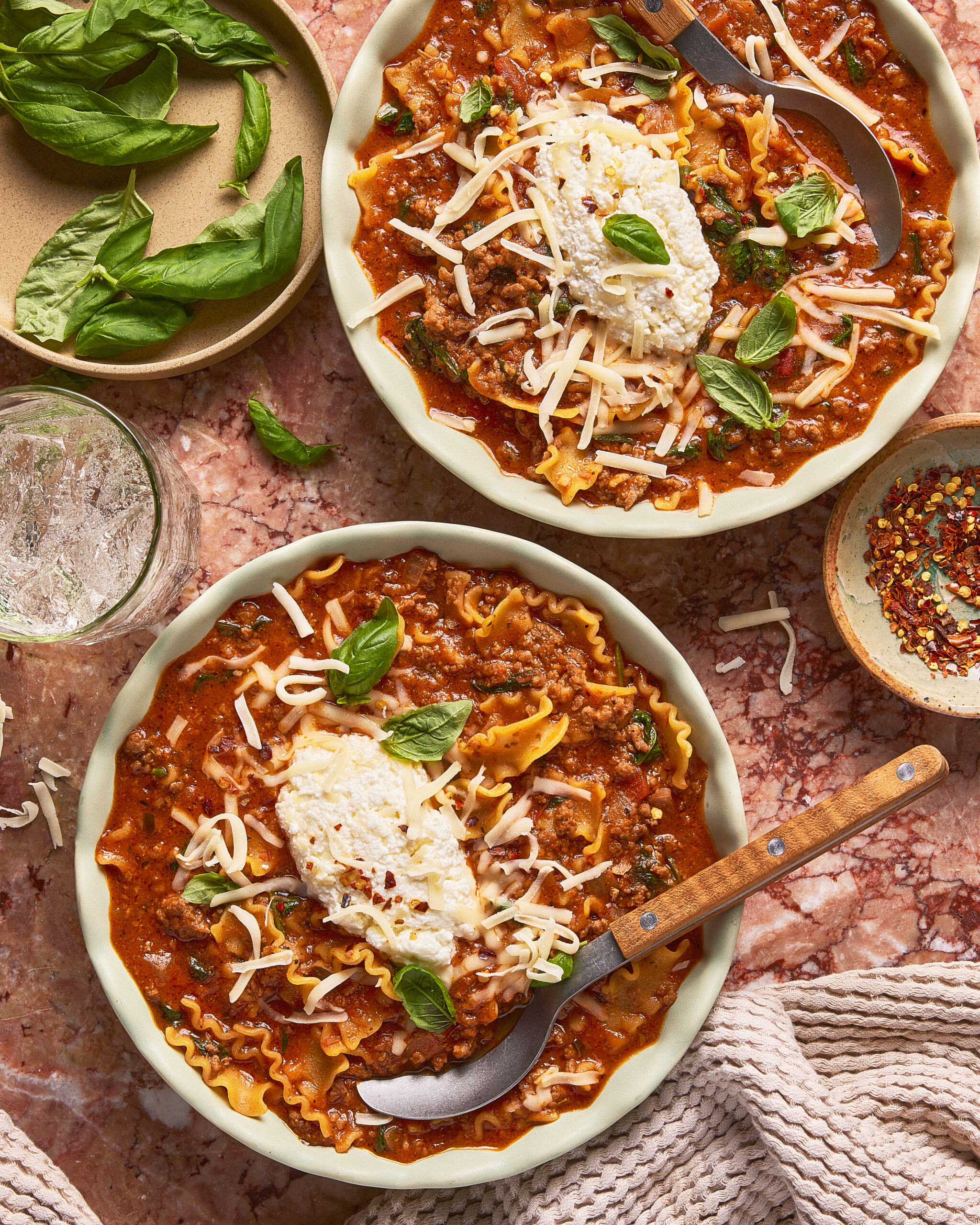
01.
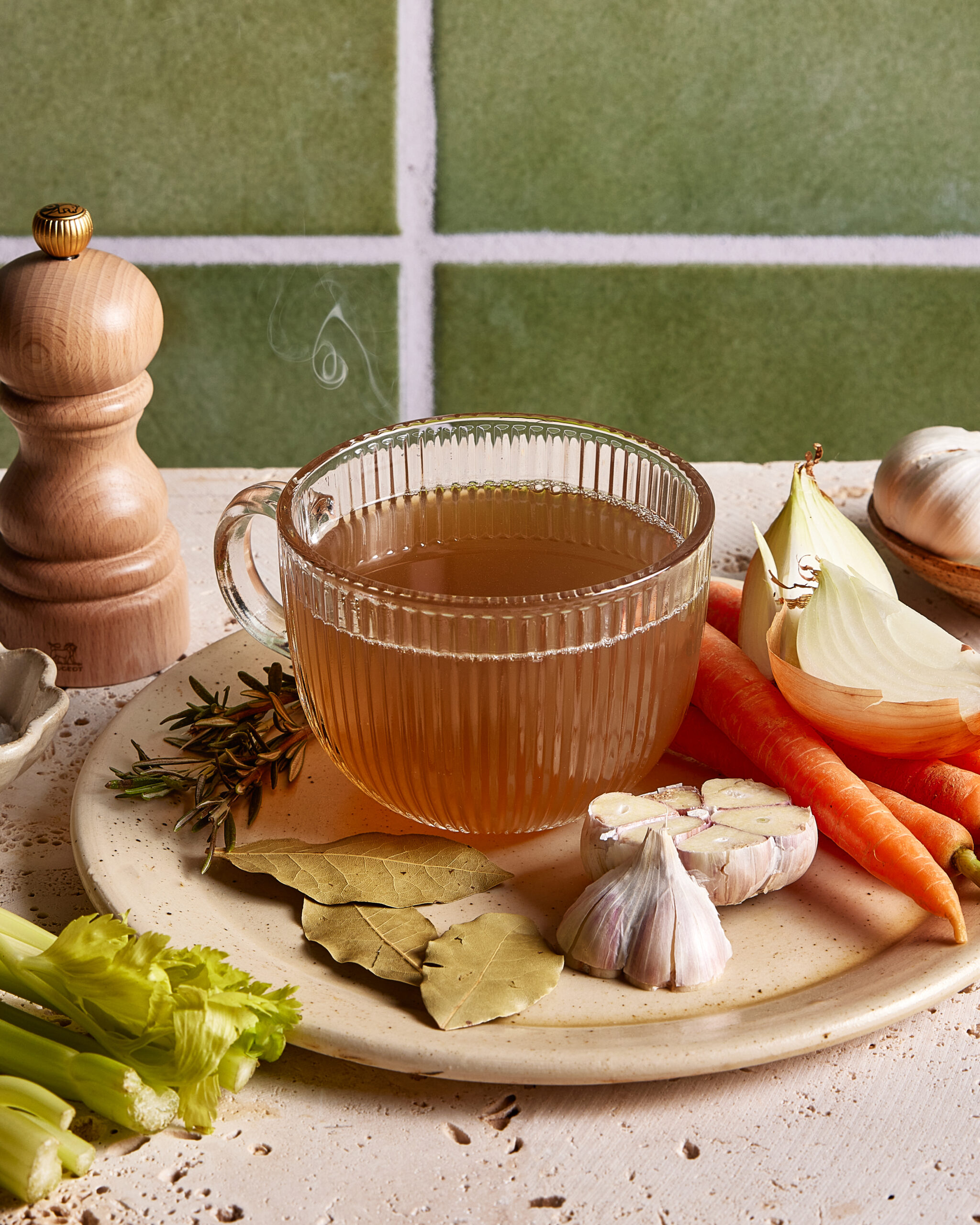
02.
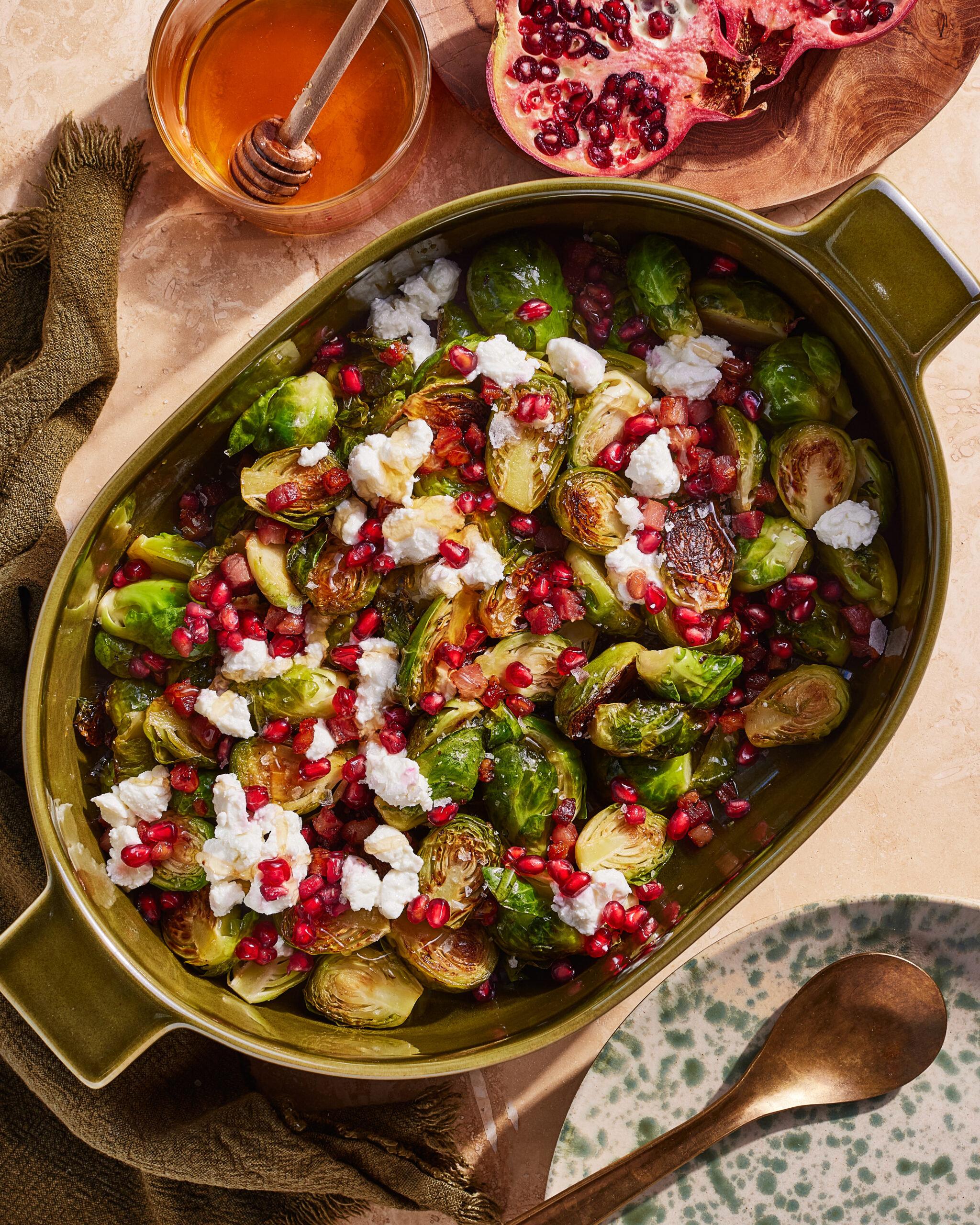
03.
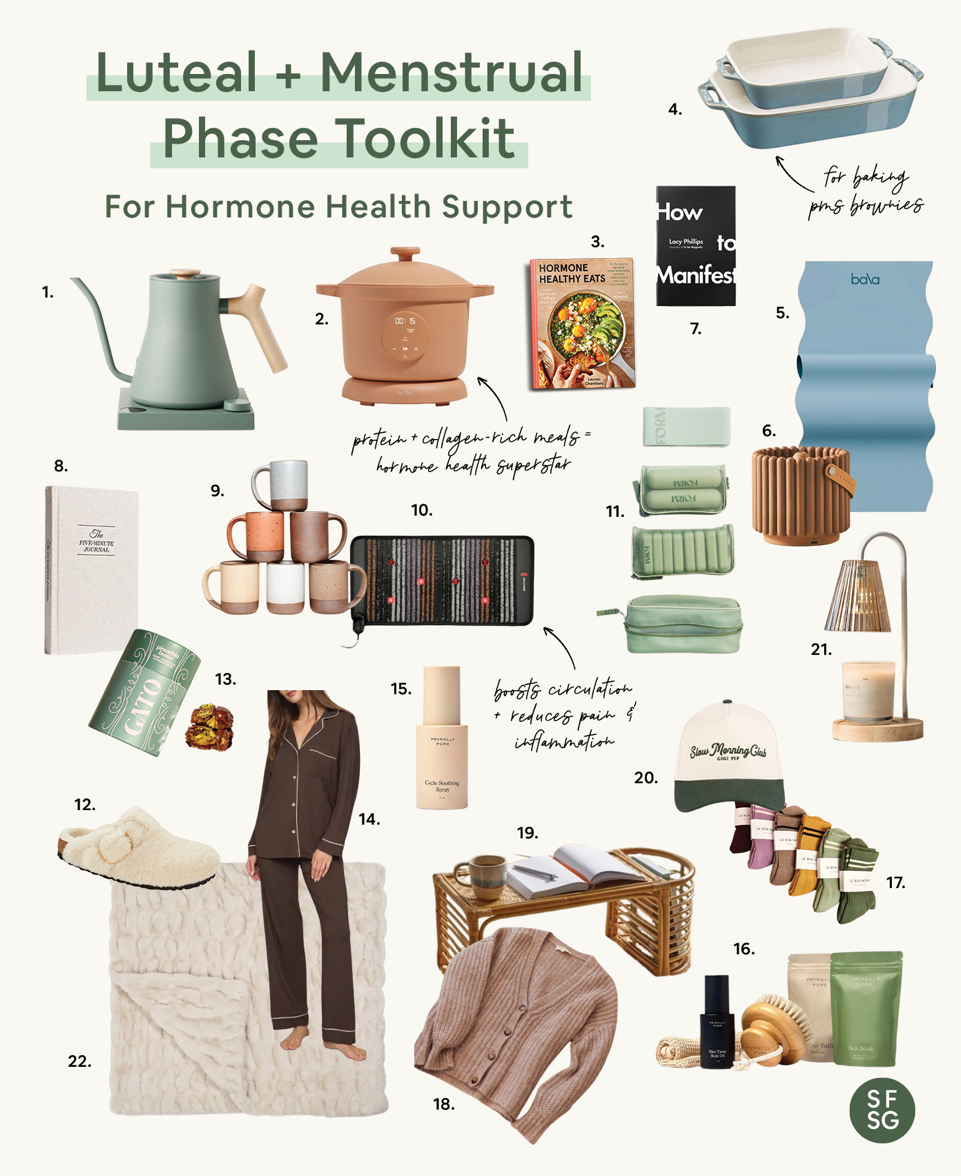
04.
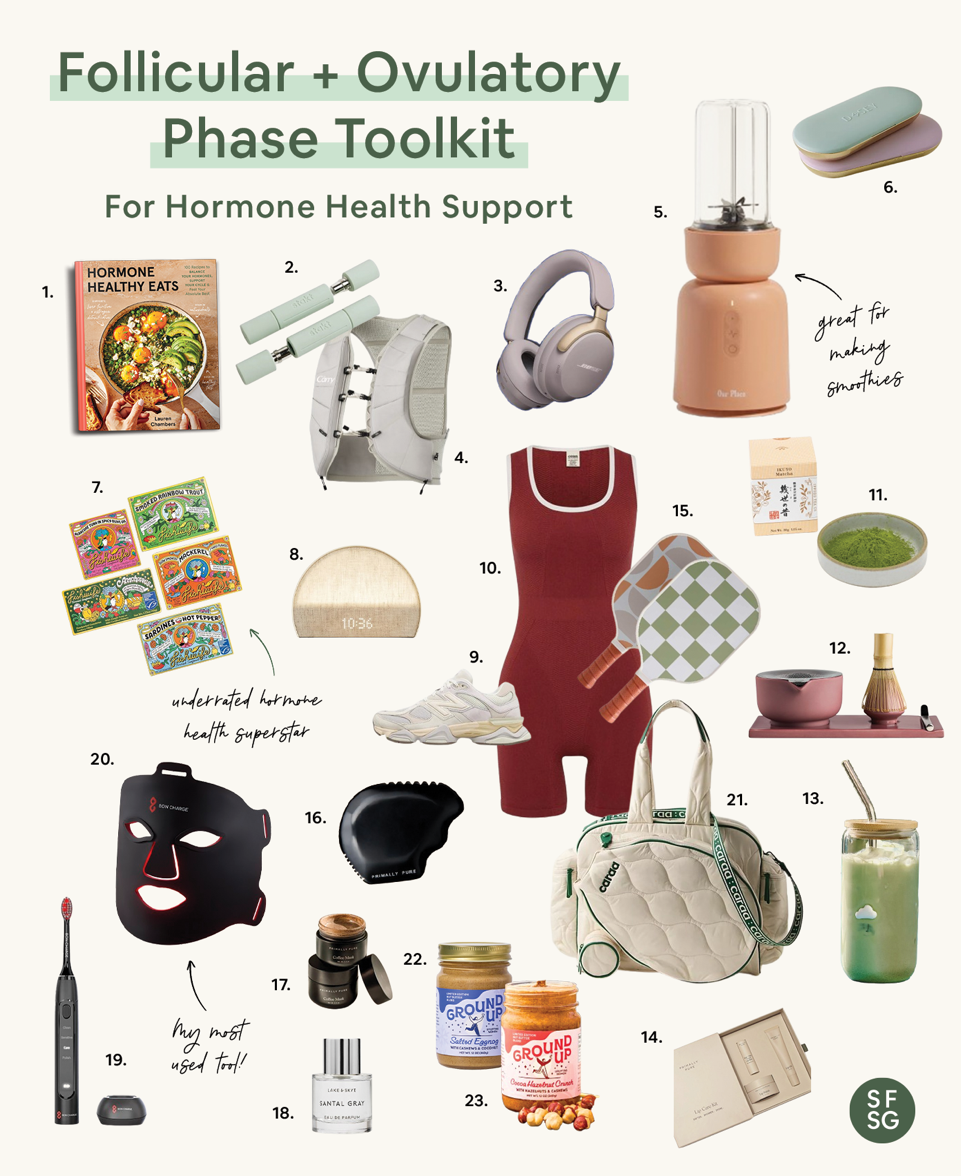
05.
hey!
Keep Browsing
Site
Keep Browsing
Site
the
about
e-books
blog
downloads
quiz
Welcome friend, I'm lauren.
I’m honored to support you on your journey to optimal hormone health + happiness. Thanks for being here babe.
